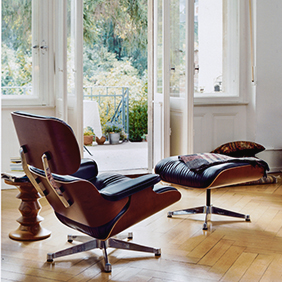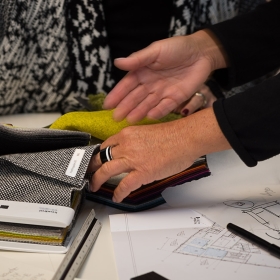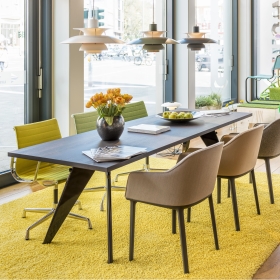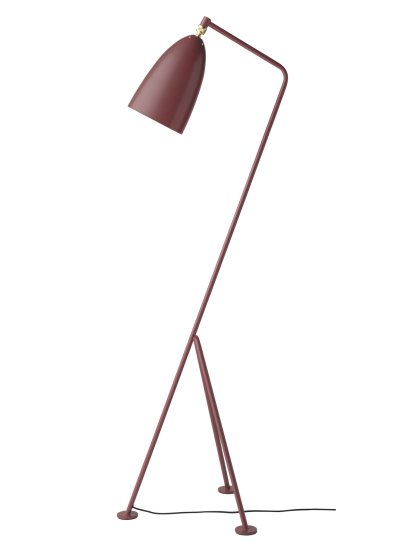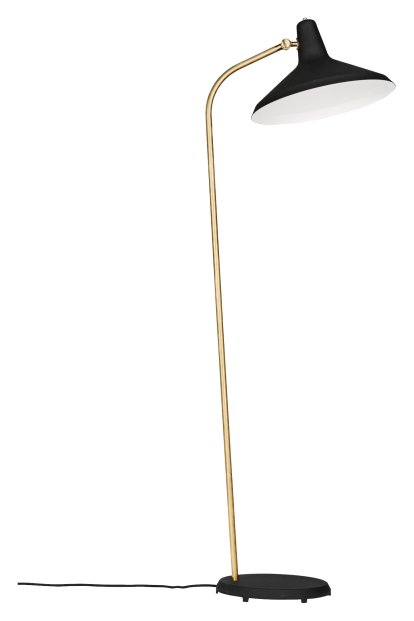Greta M. Grossman
Career start in Stockholm
After graduating from high school in Helsinki Grossman completed an apprenticeship as a carpenter, which sparked her passion for wood, furniture and design. And led her to begin studying at the predecessor institution of what would later become Konstfack Art Academy in Stockholm and where the training was varied: in addition to various disciplines, including drawing, ceramics, metalwork and art history, she learned about modern design theories that were related to institutions such as the German Werkbund. She then studied architecture at the Royal Institute of Technology in Stockholm until 1940.
Parallel to her studies, Grossman worked for the furniture manufacturer Harald Westerberg and in 1933 was the first woman to win a prize in a furniture competition run by the Crafts Association. In the same year she married jazz musician Billy Grossman, who encouraged her to open her own studio. The studio on Stureplan in Stockholm, an upscale area, was a mixture of studio and shop and quickly became a meeting place for the hip design scene. Grossman wrote numerous articles for interior design magazines and her functionalist furniture was bought across Europe and beyond.
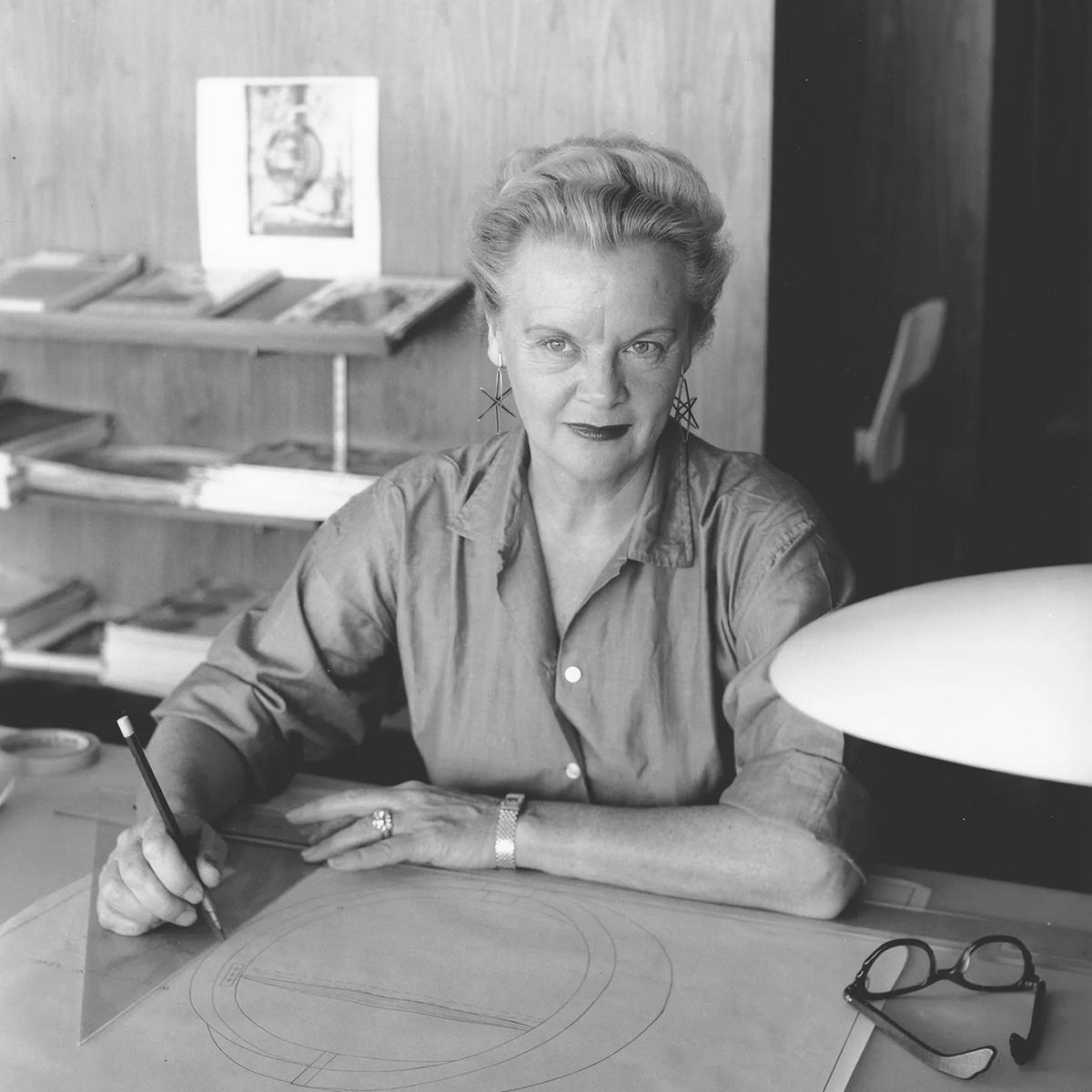
Designer Greta M. Grossmann
Breakthrough as a designer and architect in the USA
Fearing a German attack after the outbreak of World War II, the Grossmans emigrated to the USA in 1940. After an exhausting journey, they ended up in San Francisco instead of New York, the original plan, before in 1941 Grossman opened a new store in Los Angeles on Rodeo Drive in Beverly Hills.
Grossman quickly established herself in Los Angeles and moved her studio to Hollywood where she worked for, amongst others, the furniture store Barker Brother who focused on a contemporary domestic style and who cooperated with building developers. Grossman thus brought together Scandinavian modern aesthetics with the emerging modernist scene in Southern California.
For Grossman modern design should address human factors such as ergonomics, well-being and social interaction, she sought to use natural shapes and materials to create appealing backdrops for human activities. By the mid-1940s, Grossman was already successful in her new home and worked for prominent clients such as Joan Fontaine, Paulette Goddard, Frank Sinatra and the property developer Paul Trousdale. She also collaborated with well-known architects such as Gregory Ain and Paul László.
In the late 1940s, Grossman also turned to architecture and in the following years designed around 20 houses in Los Angeles and another in Sweden, often with her own designs. Her most successful product designs include two lamps that she designed for the Ralph O. Smith Company: the double-shelled Cobra and the slim, standing Grasshopper, both of which received awards from the Museum of Modern Art. Today, the lamps are produced by Gubi alongside numerous other furniture and lighting designs.
In addition to her successful work as a designer and architect Grossman also worked as a lecturer in Los Angeles and Pasadena and took part in numerous exhibitions in the USA and Europe. She died in California in 1999.


